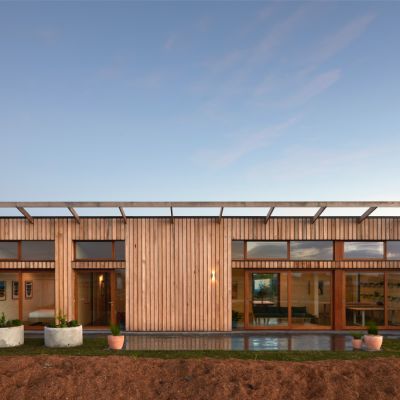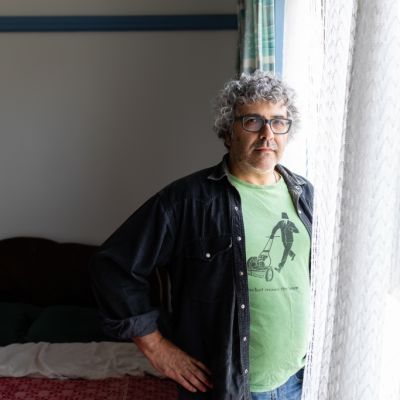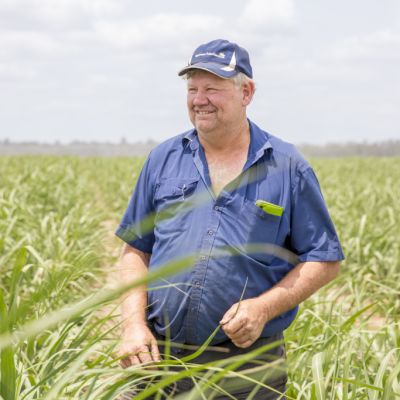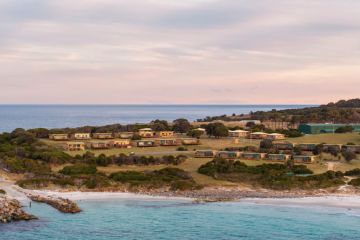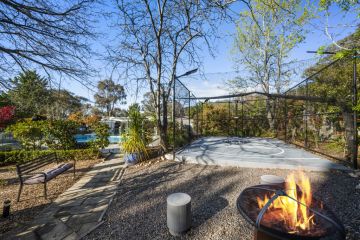How farmers can help to reforest Australia and suck carbon from the atmosphere
Australia’s rural landowners can play a significant role in the climate crisis by rehabilitating cleared land and storing carbon dioxide in new trees and the soil, experts say.
Farmers and not-for-profit groups are forging an unlikely alliance in a bid to trap carbon in the soil and trees, which not only helps the climate but also benefits landowners by making farms more resilient.
Environmental not-for-profit Greenfleet’s chief executive Wayne Wescott works with farmers to change farming practices and believes even if they “don’t care what I think, [because] I live in Melbourne,” they could be brought on board if the benefits to them were adequately explained.
“This will help build more resilient farms, so they get more resilient farms,” he said, even without taking mitigating climate change into account.
Pulling carbon from the atmosphere was a critical part of mitigating the damage done to the climate by burning fossil fuels.
As owners of large tracts of generally cleared land, farmers were in a prime position to help with climate mitigation, he said.
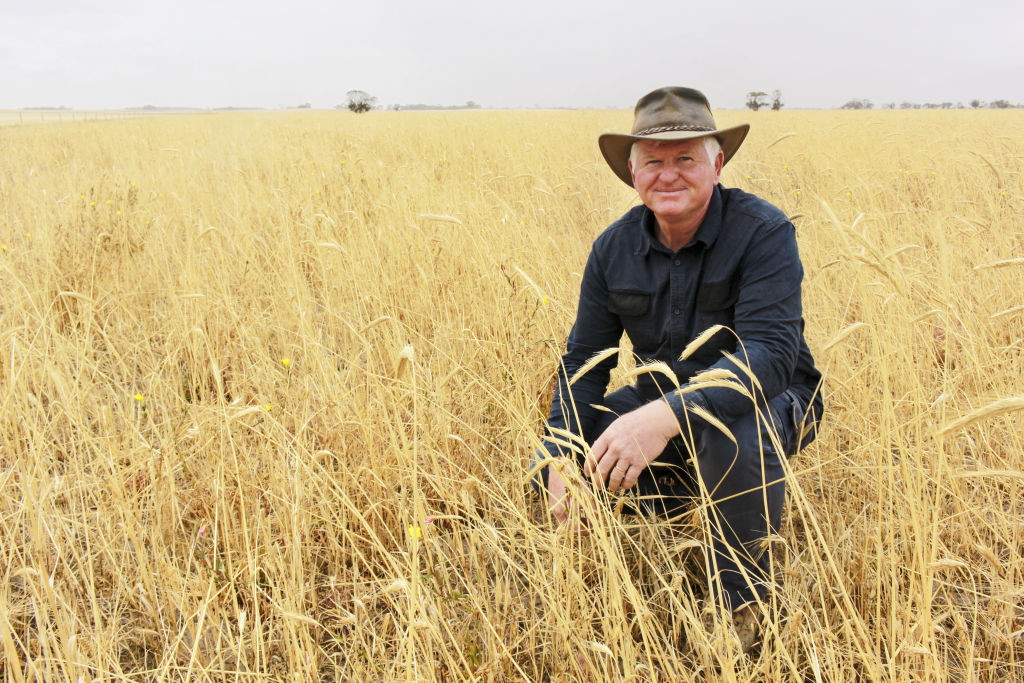
“Currently we sequester carbon in trees,” he said. “If you change farming practices to include sequestering soil carbon, we think that’s a better solution. You can do both together.”
While growing, trees absorb carbon dioxide and expel oxygen. New farming practices include storing carbon in the soil, by minimising the tillage of the land and rotating producing fields between a cash crop and a cover crop.
It prevents carbon stored in the soil by the crops’ growth being exposed to the atmosphere and being reabsorbed by the air.
Kaniva farmer Steven Hobbs grows sheep and various cash crops on his Western Victorian land and said he’d been planting trees to act as “shade-belts” for his livestock while planting cover crops on what would have been fallow fields to help retain carbon in the soil.
The cover crops also act as a more natural diet for the sheep.
Mr Hobbs said he’d started trying more environmentally friendly farming practices to reduce his exposure to climate change-related weather shocks.
“What’s important to acknowledge is that these things are outside the norm and happening more frequently,” he said.
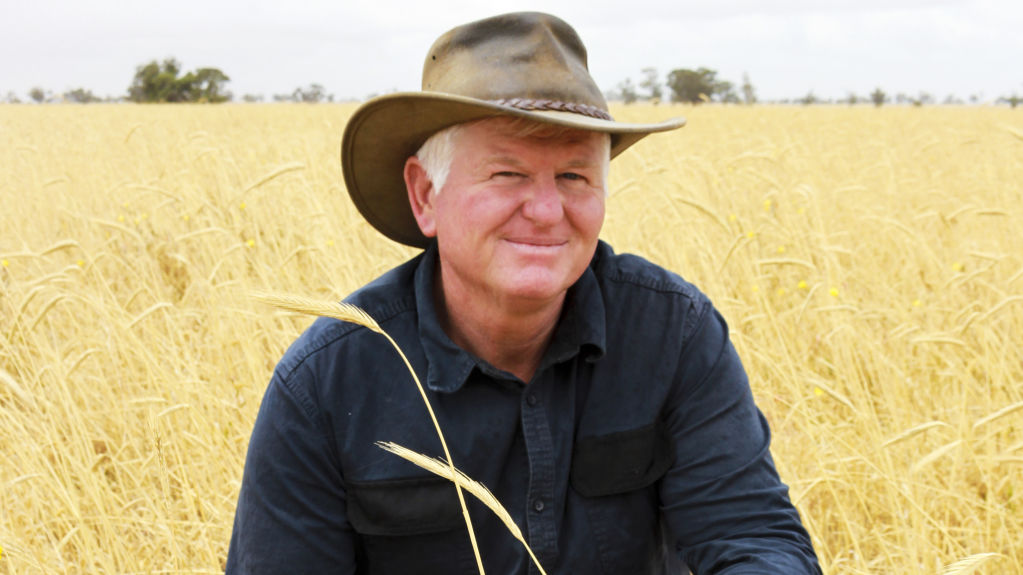
Once-reliable spring rains were disappearing, and frosts were more common than they were in Victoria, so farmers needed to adapt, he said.
“The pursuit of productivity was the main thing, right? We’ve driven the system towards a high input, high production system,” he said.
“Climate change makes that type of farming more risky.”
Mr Wescott said not all farmers were as keen as Mr Hobbs.
“There’s no silver bullet in all of this. It’s a conservative sector and rightly so,” he said. “They will take up change slowly, but there are increasing numbers of farmers who are interested in this.”

Veteran Queensland environmental consultant Roger Currie has had some success with farmers in the Wide Bay, a particularly conservative part of the state.
He had refurbished wetlands on privately-owned former farms in beach-side Toogoom with state government money in recent years. Since completing the works, the small sections of farmland had once again become functioning ecosystems, without compromising the productivity of the land.
“I think as long as we can encourage them, there’ll be hope for rehabilitation. But the more we try to force them to do stuff the worse they’ll dig their heels in,” Mr Currie said. “Very often they don’t realise there [may] be taxpayers’ dollars available for the works to be done on their property.
“And it’s something that makes them feel good too because they’re then contributing to an environmental outcome.”
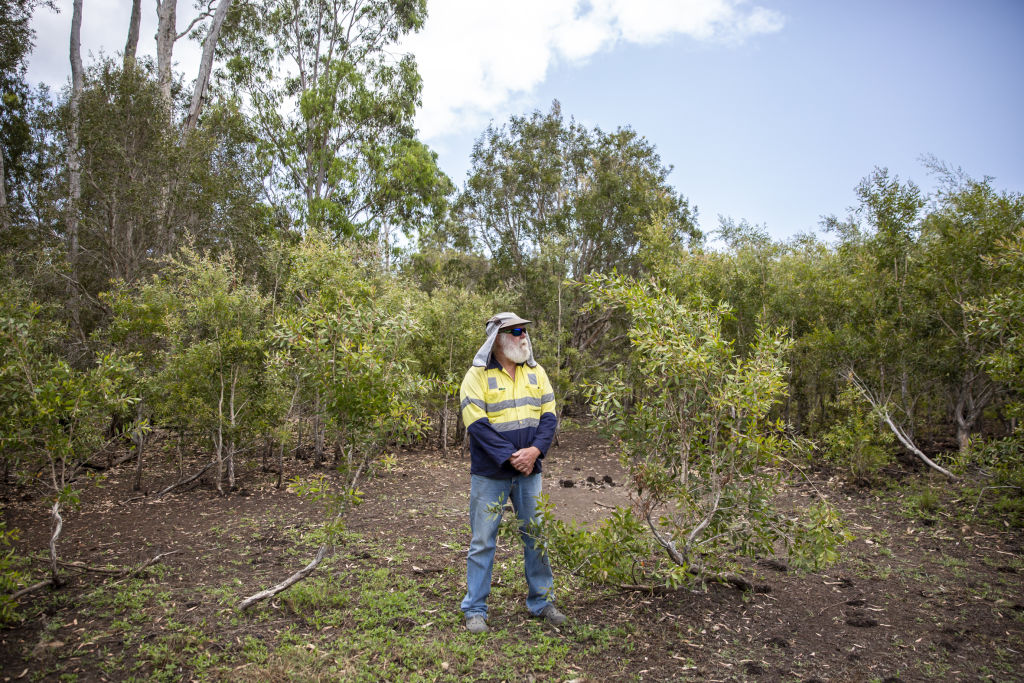
ARC Centre of Excellence for Climate Extremes director Andy Pitman said reforestation would help to mitigate global heating, but it needed to be done alongside reducing emissions.
“I do support capturing carbon in revegetation, but it has to be done sensibly,” Professor Pitman said. “It’s not a substitute for deeply cutting emissions. The problem is emissions. Everything else is a detail.”
He said the emissions cost of transporting and planting trees could be greater than the benefit if they were planted somewhere where they may wither and die without support.
“You would be worse off than if you didn’t plant the tree,” he said.
“You can’t plant the [local] trees in many regions of Australia because it’s too warm for them [because of climate change].”
We recommend
We thought you might like
States
Capital Cities
Capital Cities - Rentals
Popular Areas
Allhomes
More
